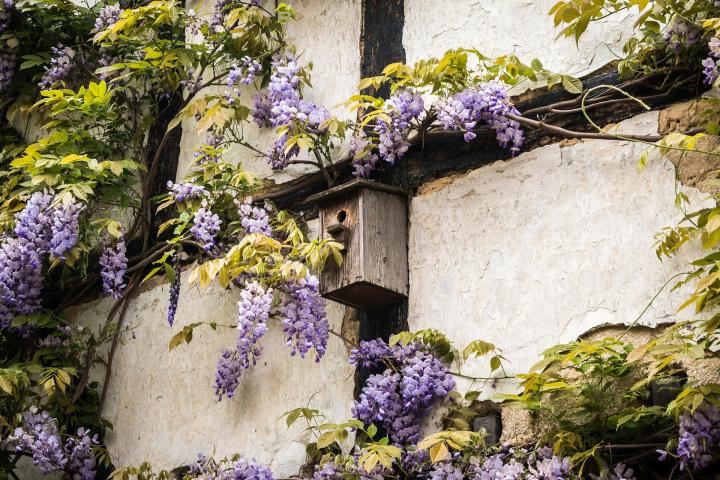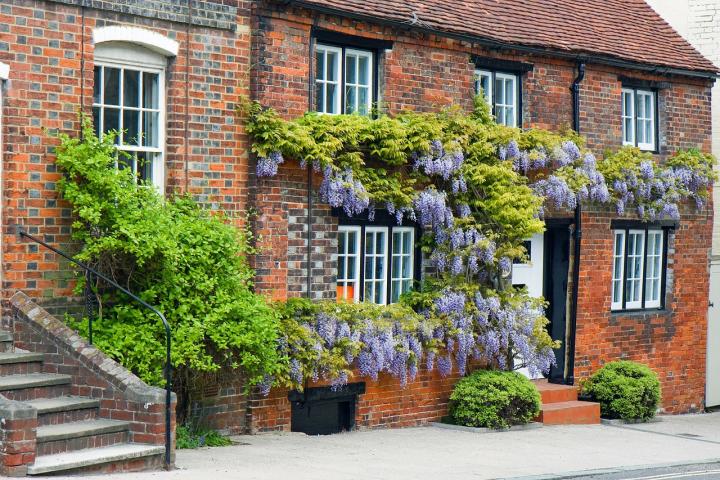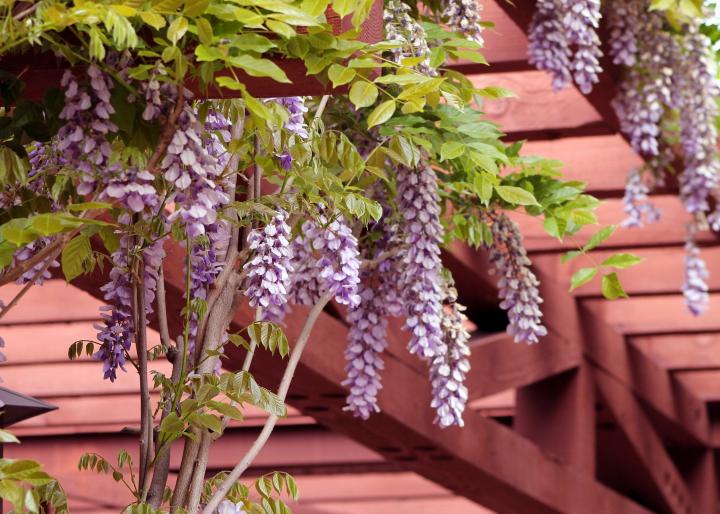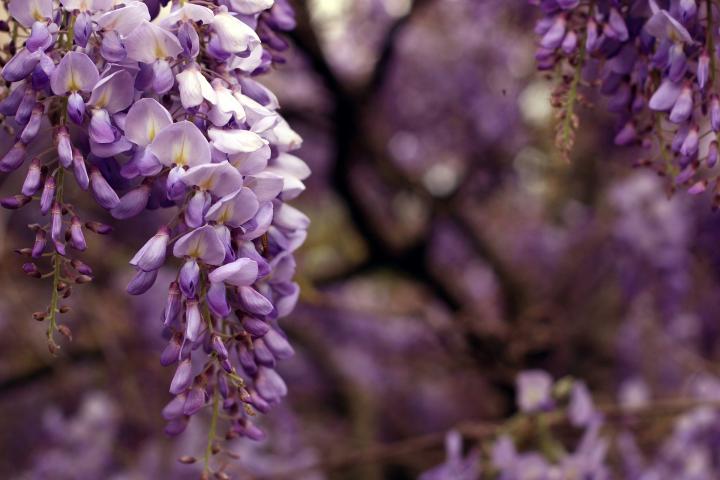
Sign up for our daily newsletter to get gardening tips and advice.
Planting, Growing, and Pruning Wisteria
ADVERTISEMENT
Is wisteria a parasite eventually killing that which it grows on. Here in the south I have enjoyed its lovely displays of clustered blooms trailing downward from 20 and 30 foot tall trees and wondered is this healthy for the tree.
Barbara-
Wisteria can become exceedingly heavy and break the tree that it grows on. For the health of the tree, we recommend keeping it pruned to a manageable size or moving it to a different location.
my wisteria was well established and flowered beautifully last year. However my apt complex decided to build a new fence and cut my wisteria down, It is now coming back with new growth and tendrils are growing vigorously. What kind of trellis should I use?
Mine in NC if kept cut back will support it self . My first thought was There fence LOL
We are thrilled to hear that your wisteria is coming back! Look for a sturdy trellis that can support the weight of the wisteria as continues to thrive.
Growing up in southern Ohio around 1960, we lived in a two story wood house with front porch and bannister. The porch covered the area where the coal went in to supply the furnace via a door on the side. In front of the porch grew bridal veil spirea - a huge shrub as tall as the porch. A wisteria vine was planted at the base of the steps to the porch and trained to travel up a wood frame that went across the roof of the porch. It came up every year and never traveled anywhere else and only to the end of the wood frame. The purple blossoms were thick and shading; heaven scented and there was nothing better than to sit on the swing, enjoy the heat and listen to the fat bees at each blossom. It came up every year for years until it died out and never returned. We never had any of the trouble others mentioned.
This is a beautiful but evil plant! It has a very large and extensive root system. It is almost impossible to kill. I've poured ground clear directly on to it, cut it back, and chopped it's root system into pieces and it is still trying to grow back. My suggestion is don't plant this anywhere near your house and better yet don't plant it at all.
While quite beautiful, it does draw a plethora of bees, and once in the ground, it is pure HELL to try and get rid of!!!!! Took me 4 or 5 years to finally remove all of the new growth, from wind scattered, bloom droppings, and even now, on occasion, I will find a little new seedling sprouting, in the middle of my lawn!!!! I like wysteria, but BEWARE of what you are getting yourself into!!!! I will opt for a trailing jasmine vine.
It appears to be a science fiction plant. Very invasive, will invade any crack and vinyl siding. You have to aggressively cut back. It is poisonous. It appears very pretty but I would be afraid it will eat my dog and maybe me
Wisteria in Oklahoma is considered an invasive vine. It will tear down fences, take siding off of houses and travel to places it isn't suppose to be. Killing the vine is nearly impossible and you have to stay with the chore until it doesn't sprout up again. A friend had it in his back yard and it took him over 2 years every day he was off to get rid of that beautiful vine.













